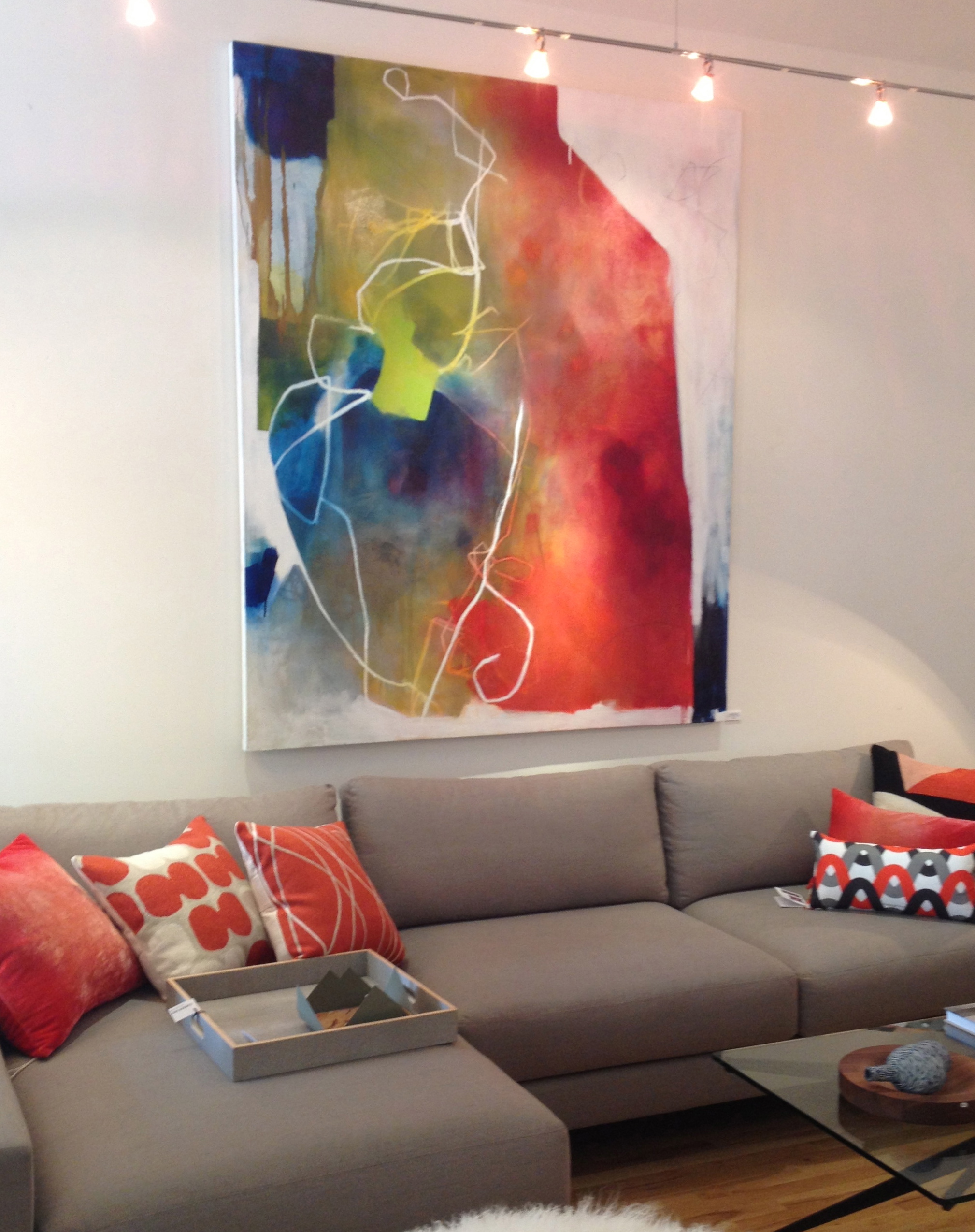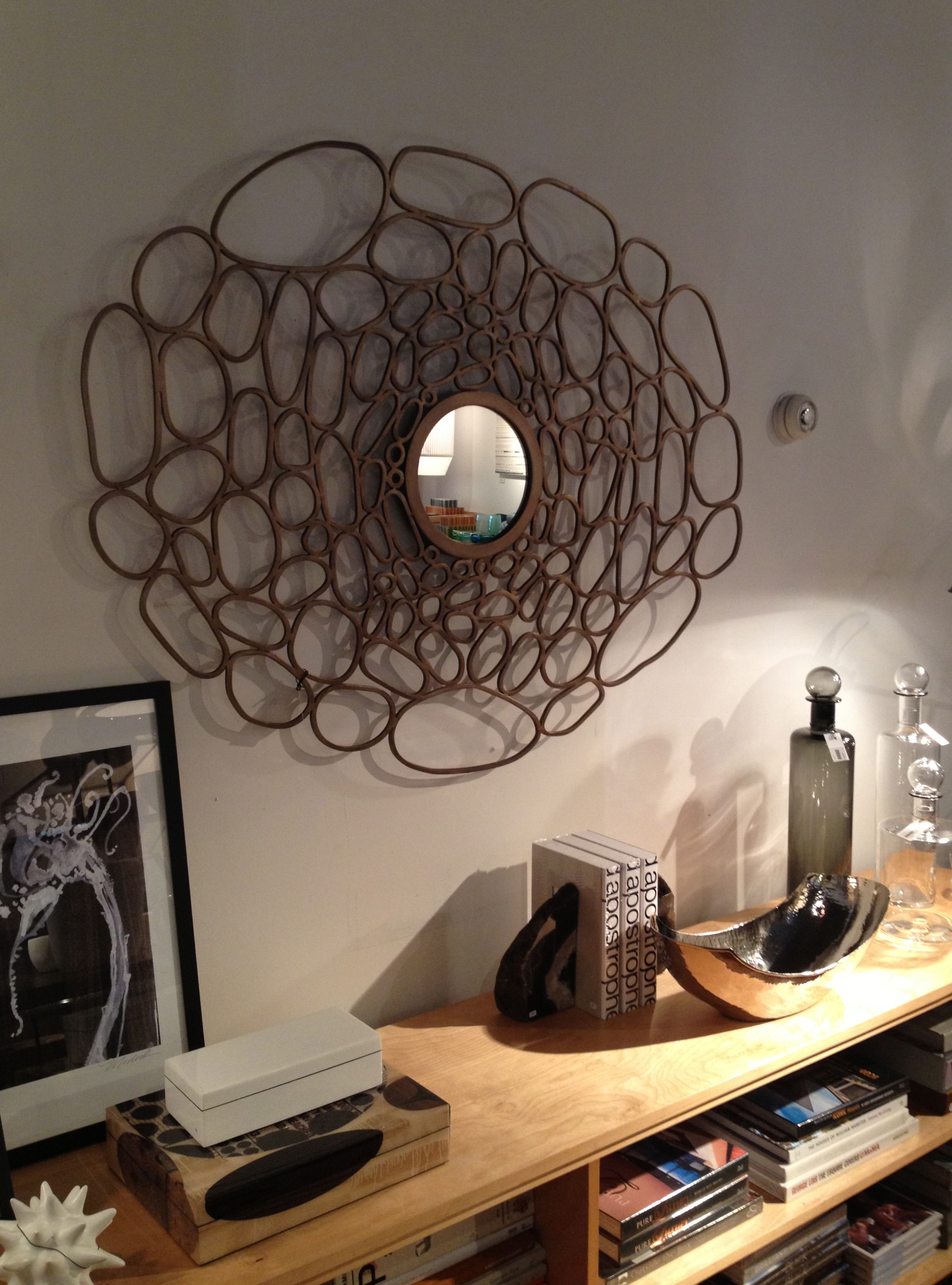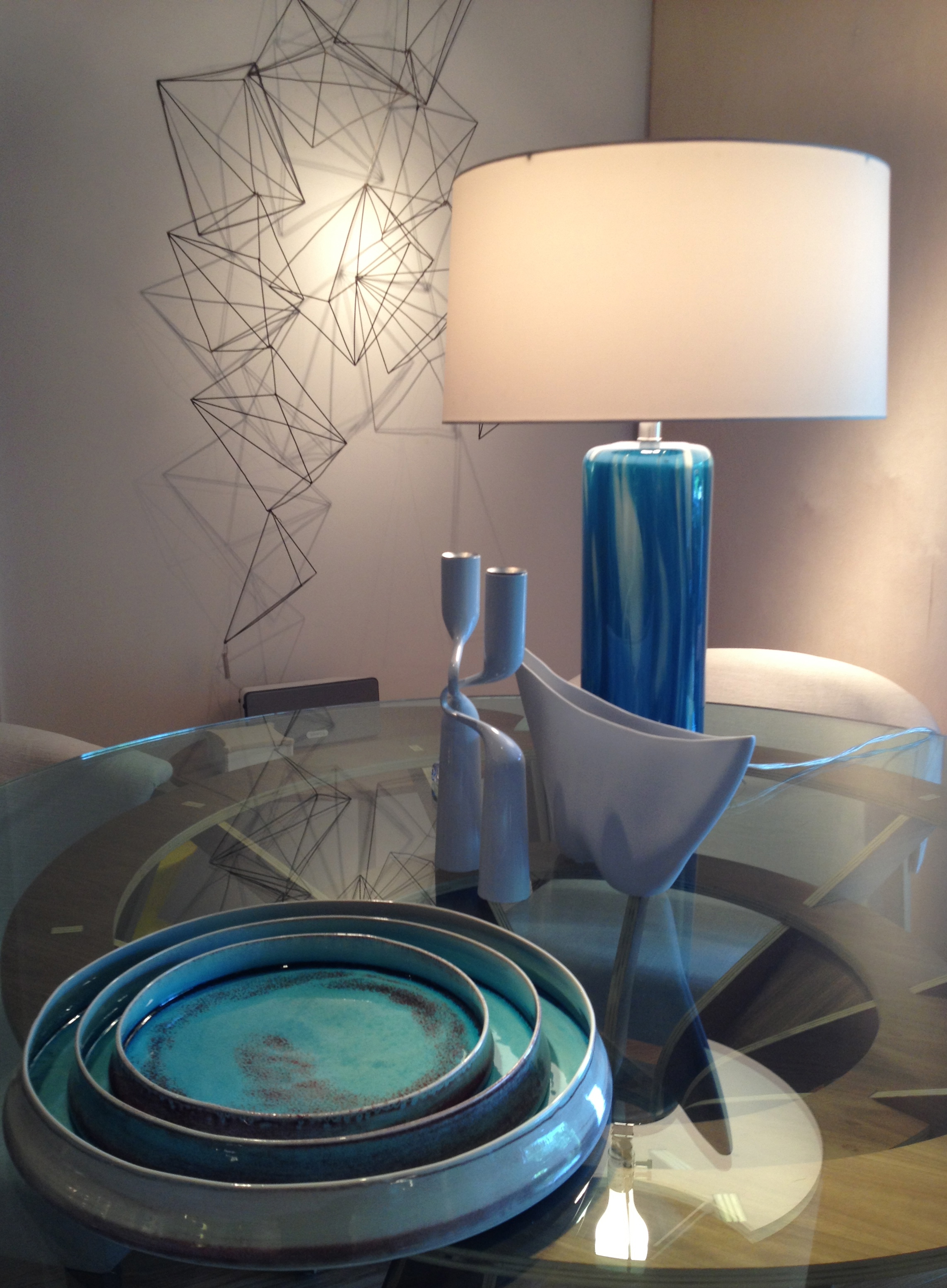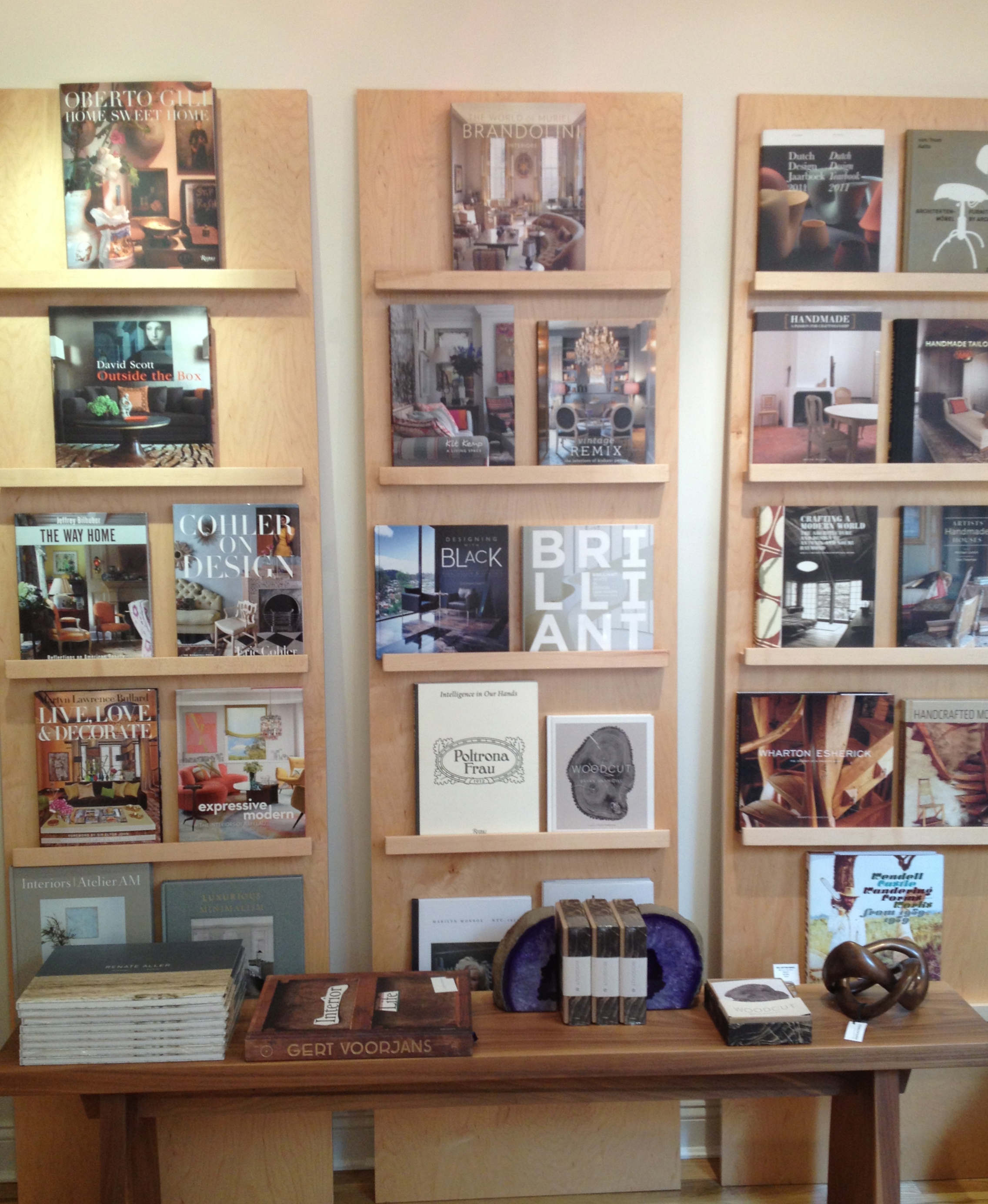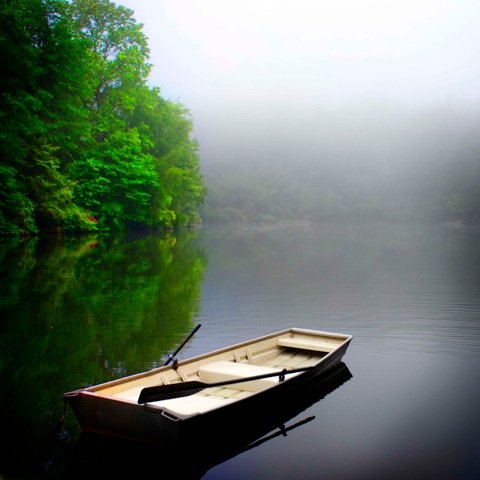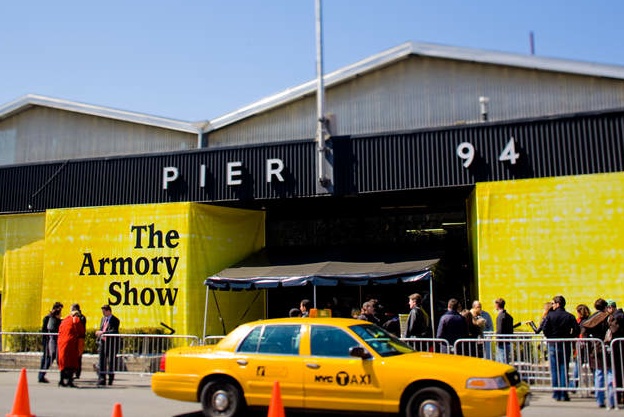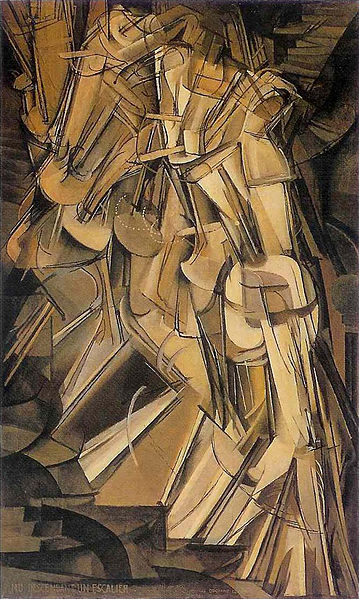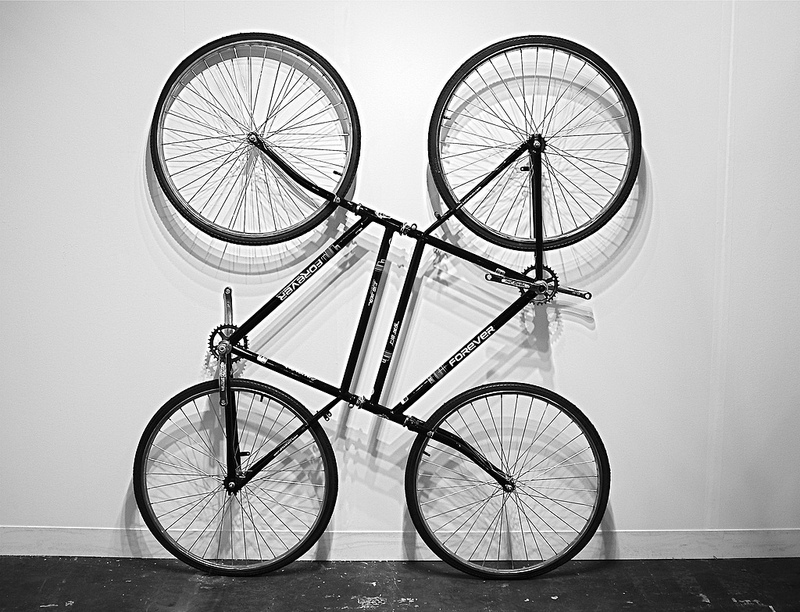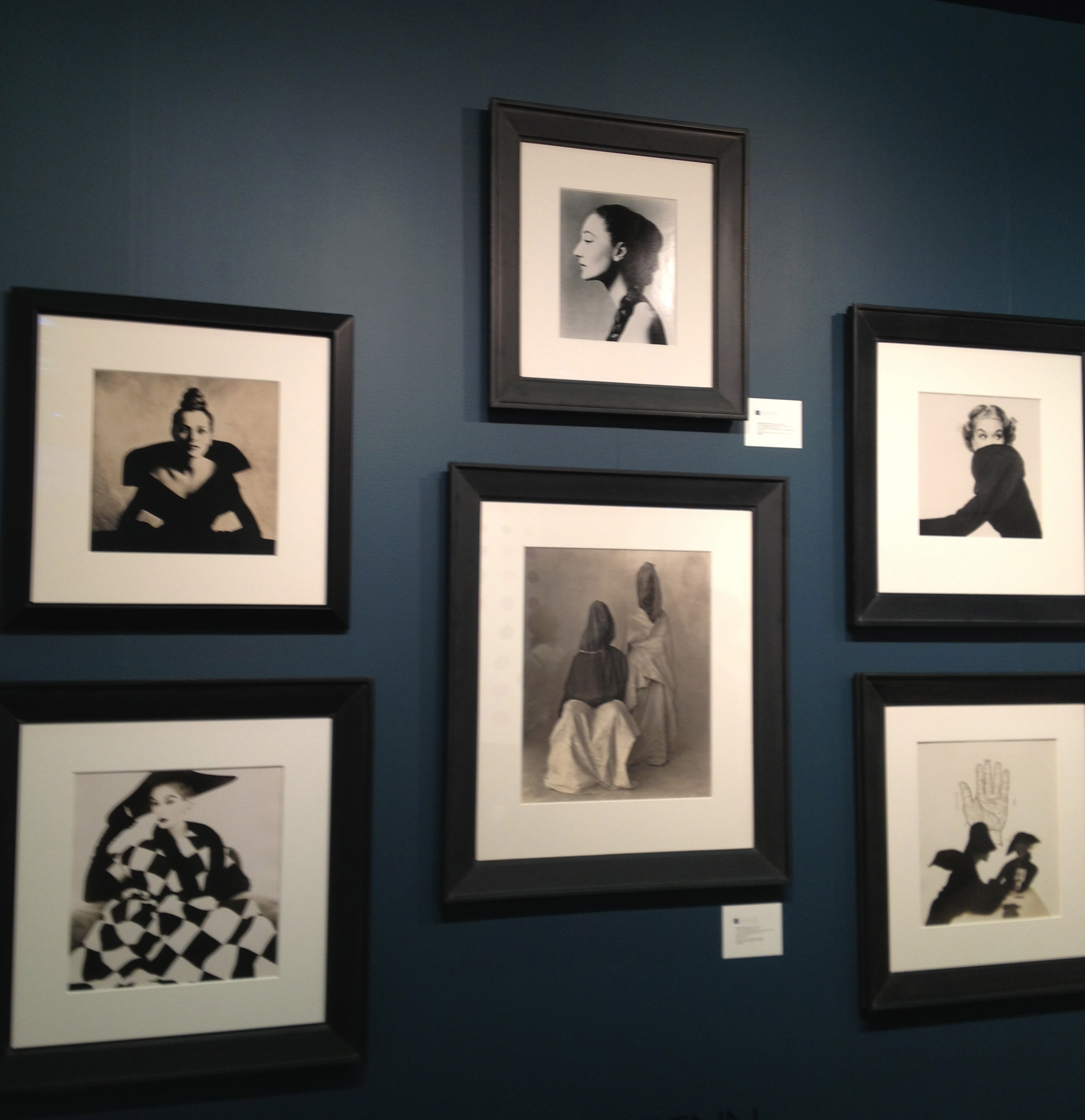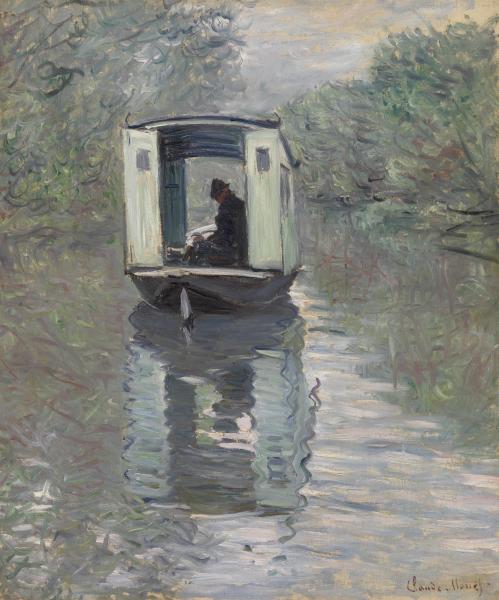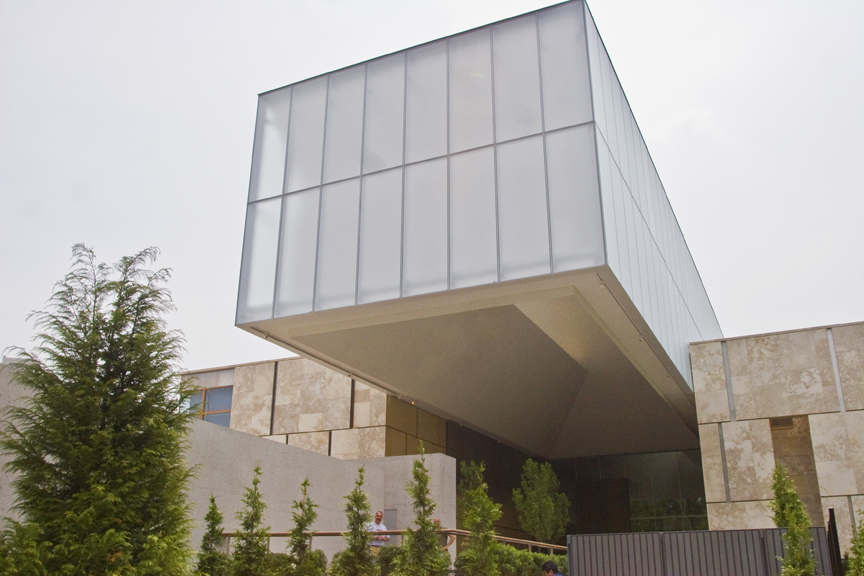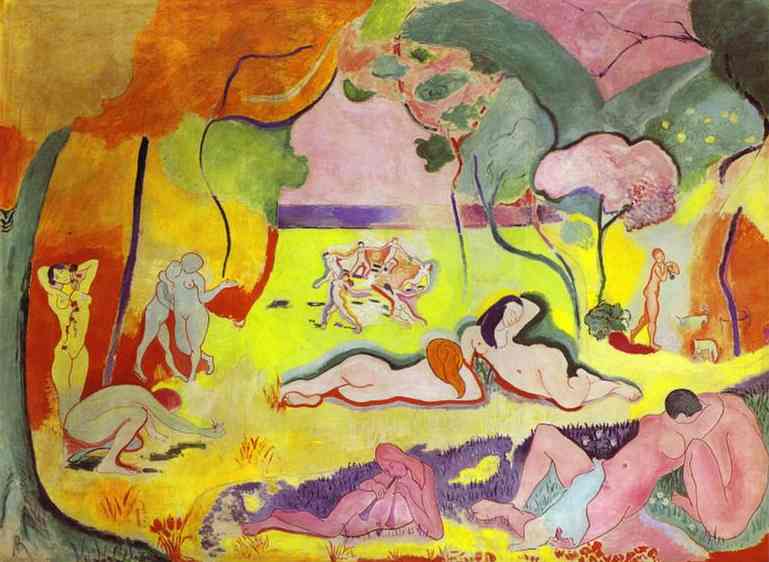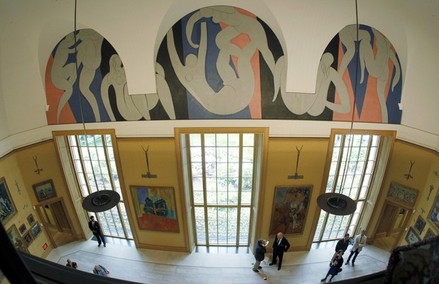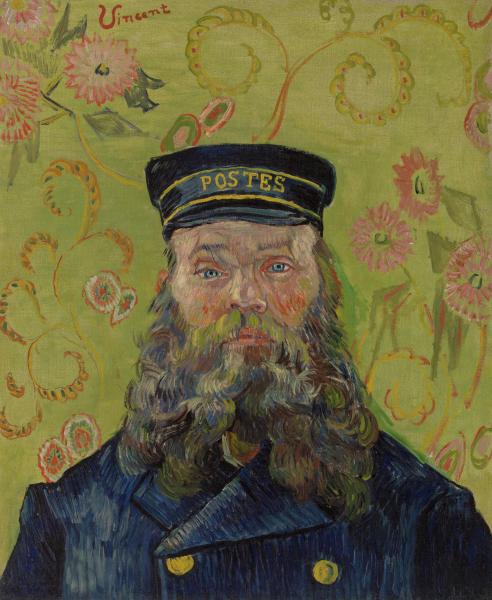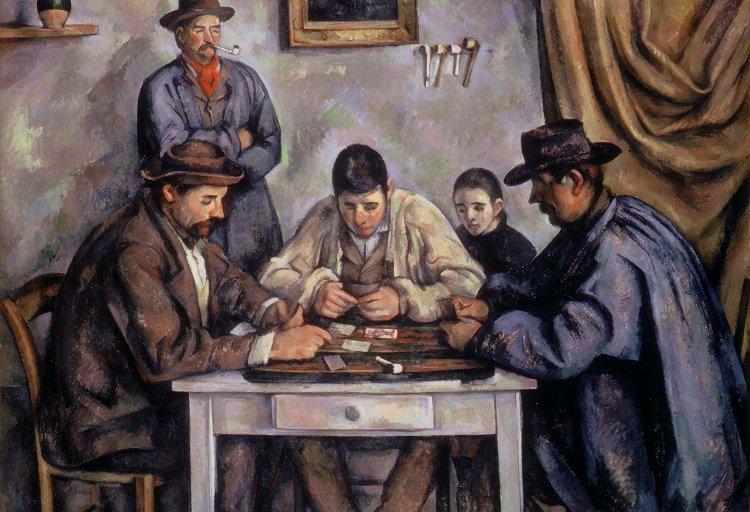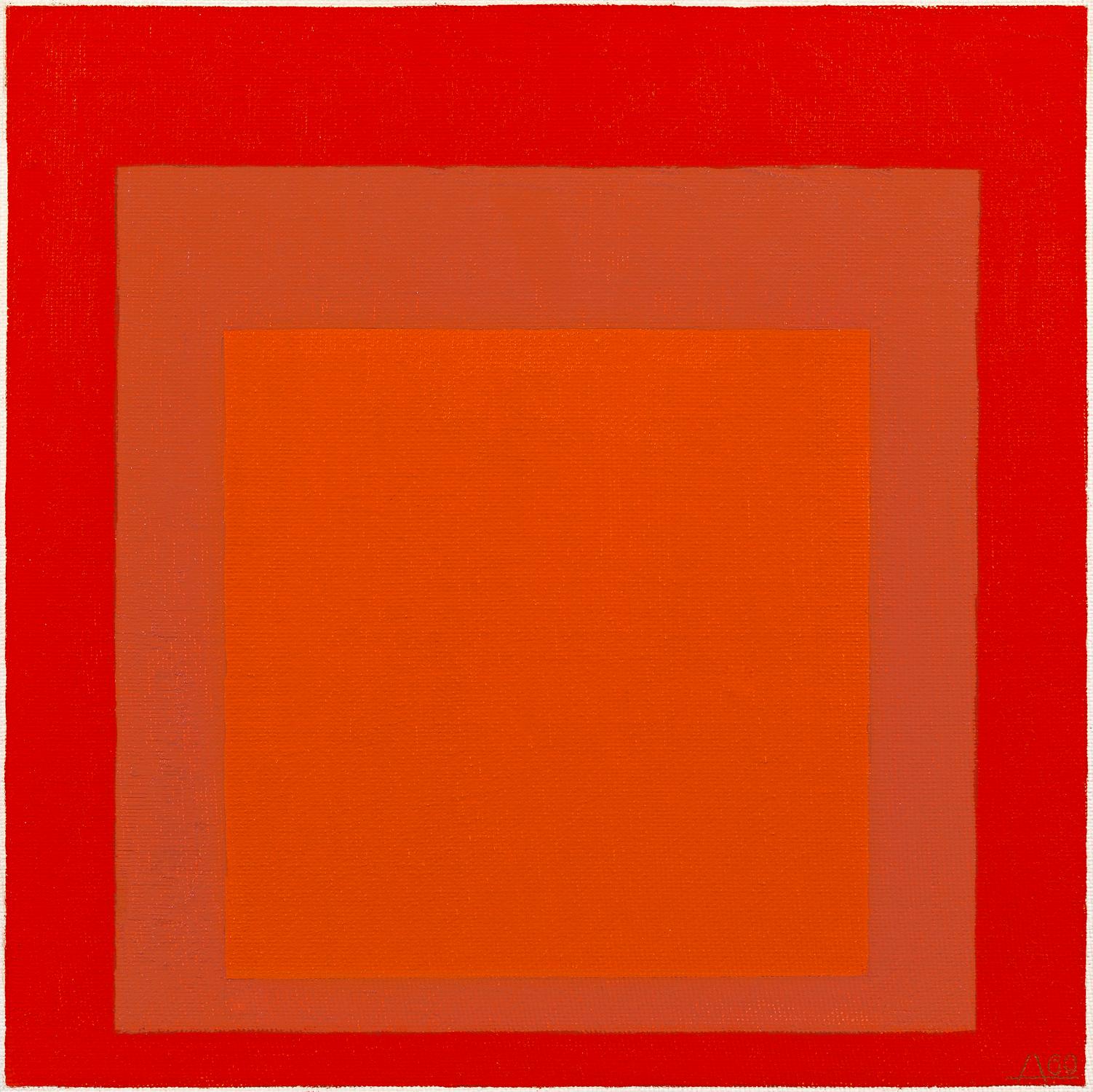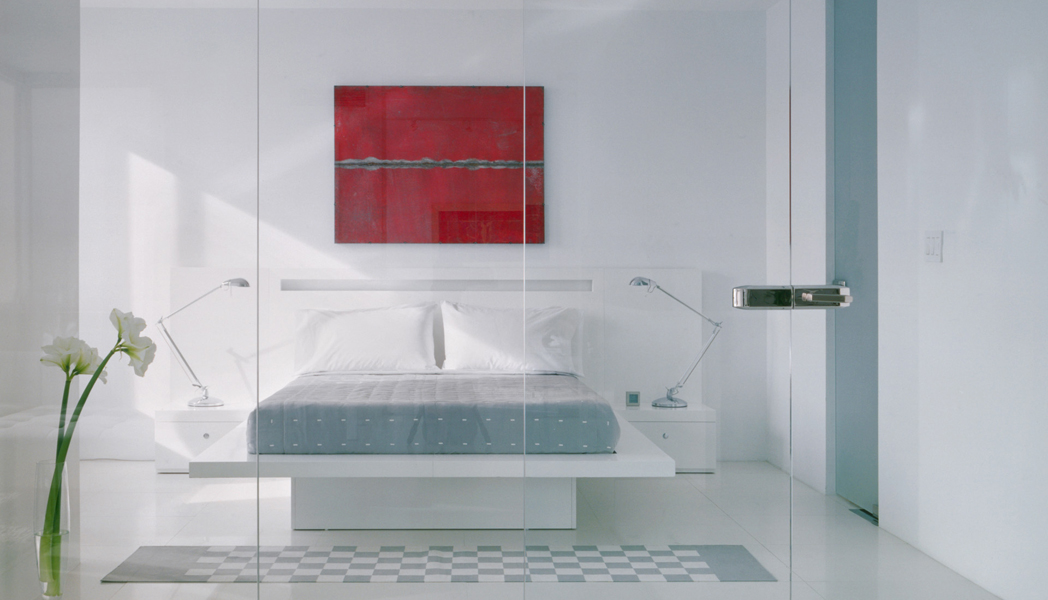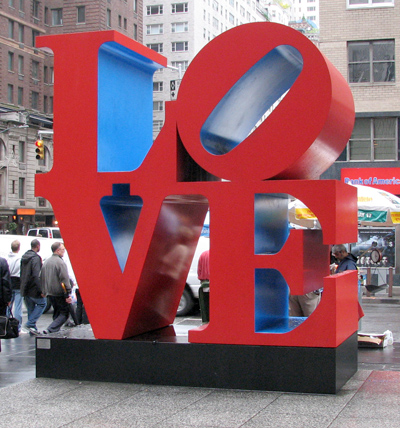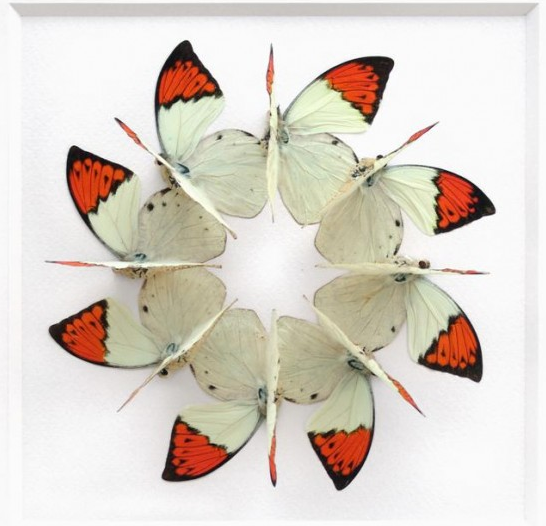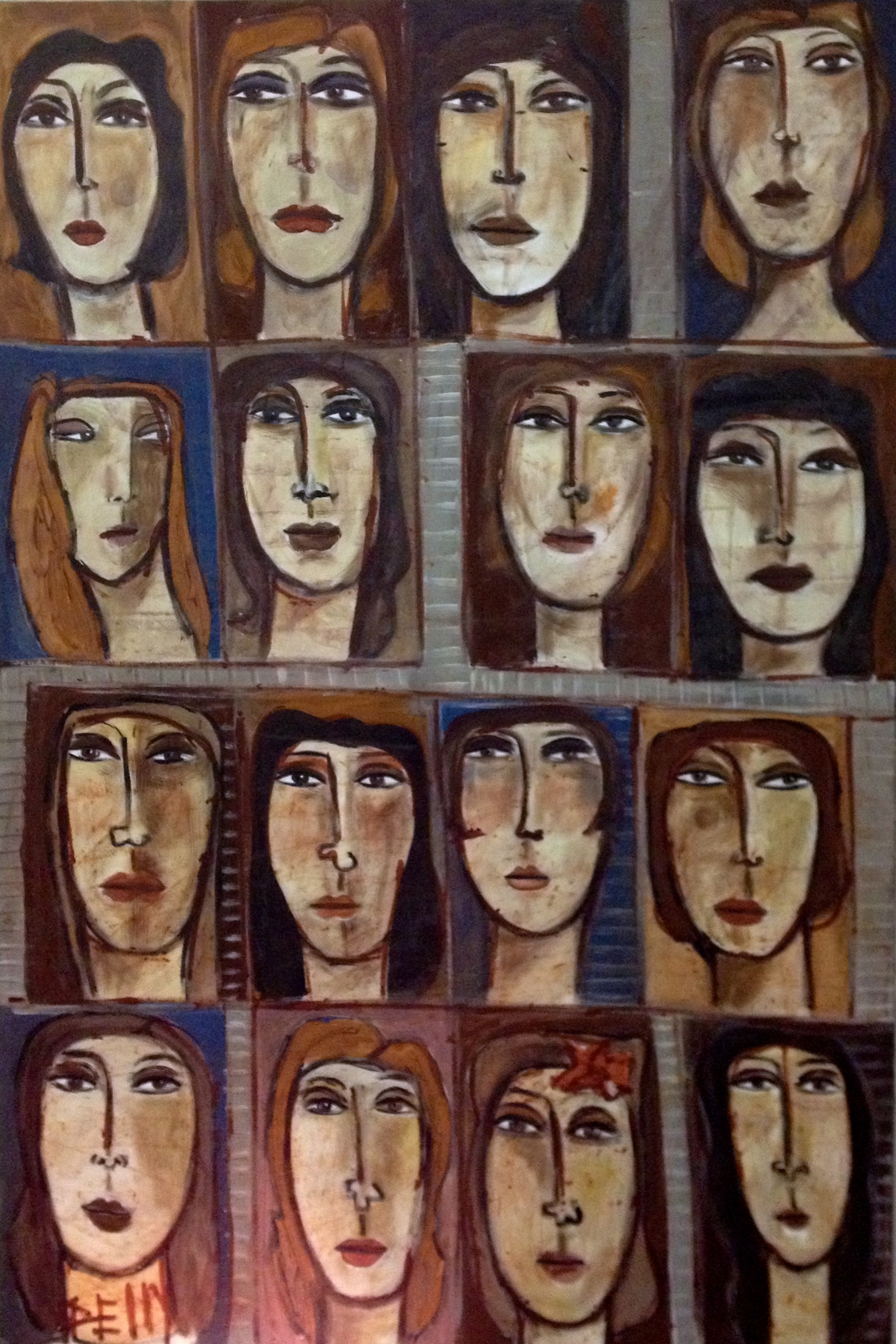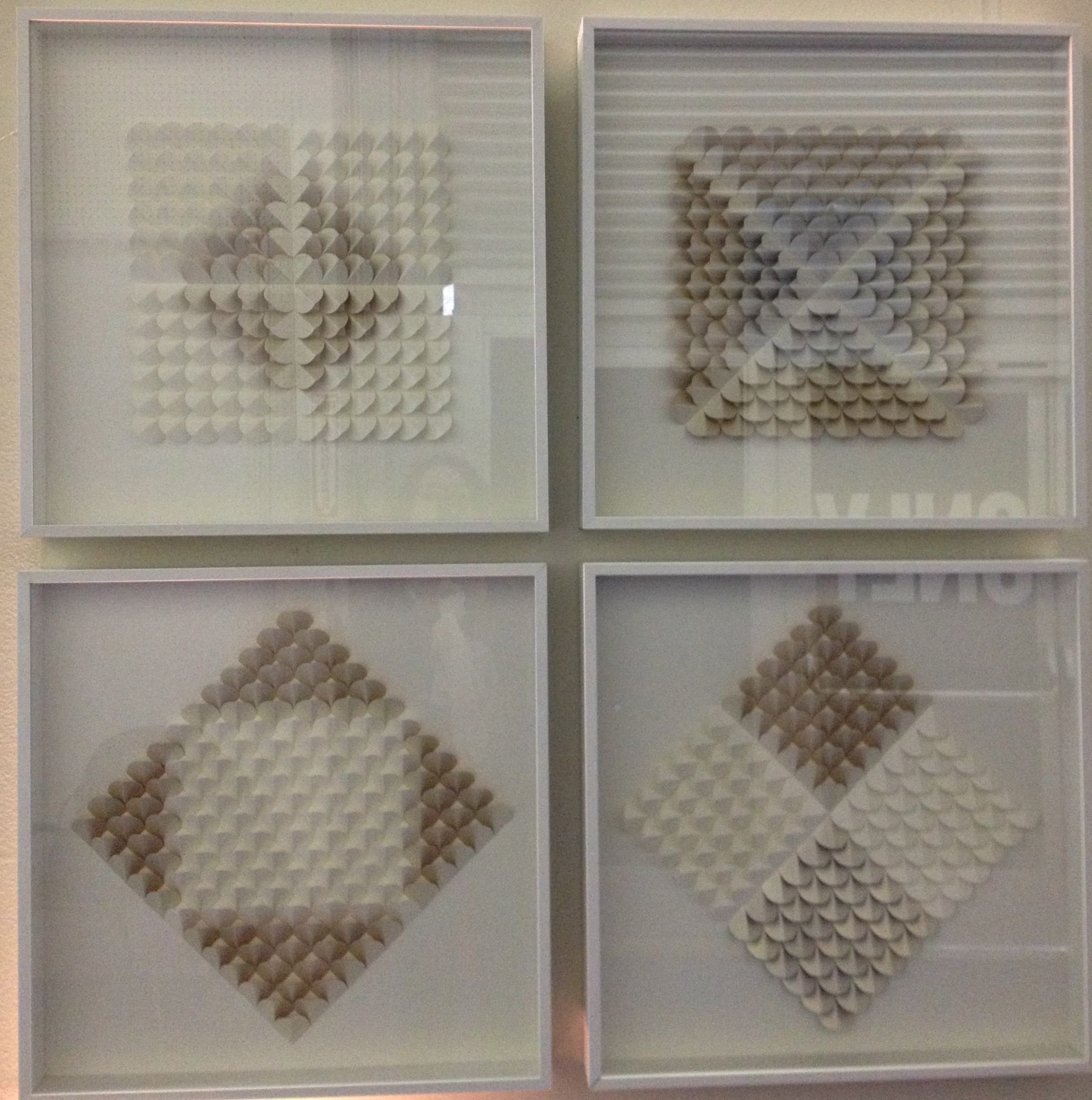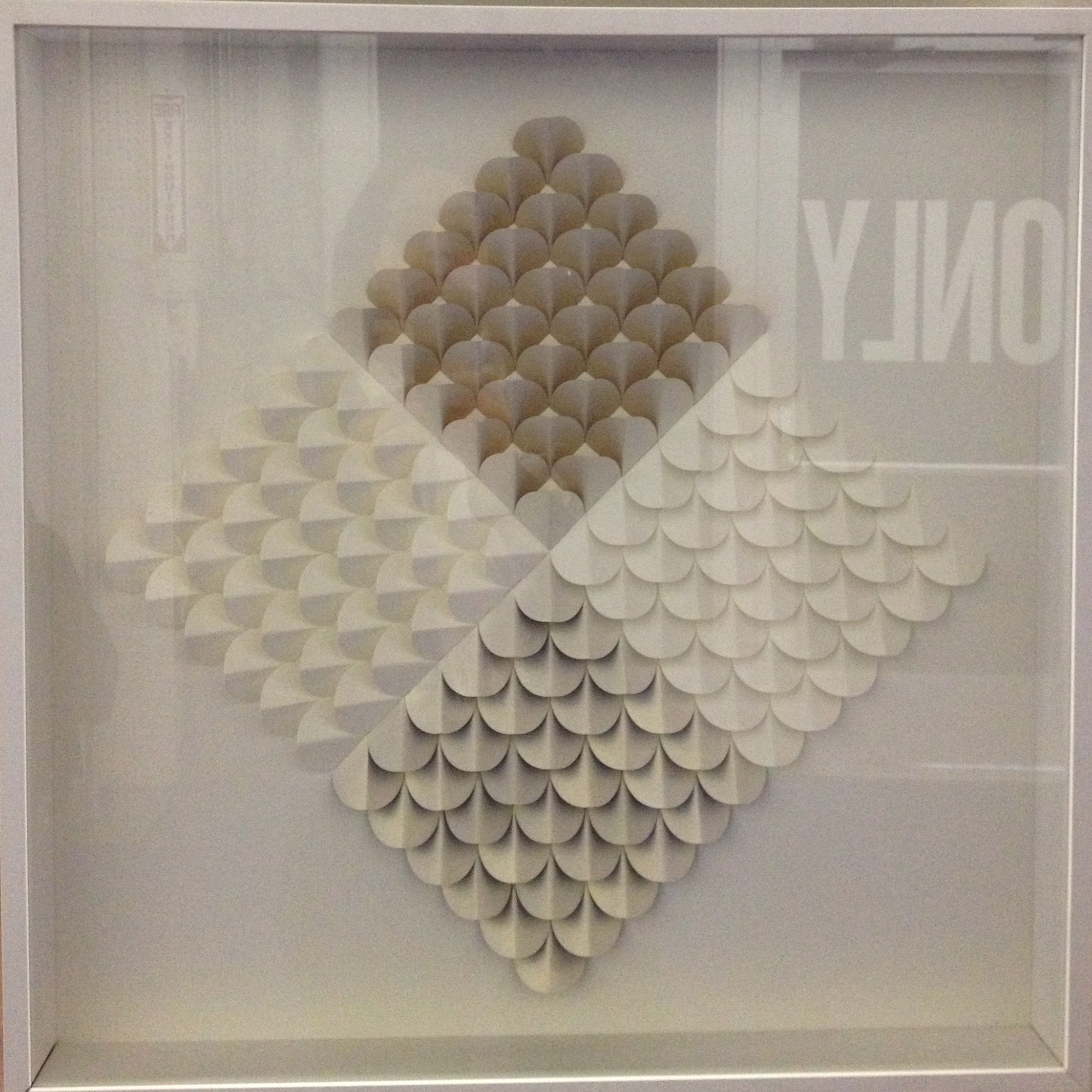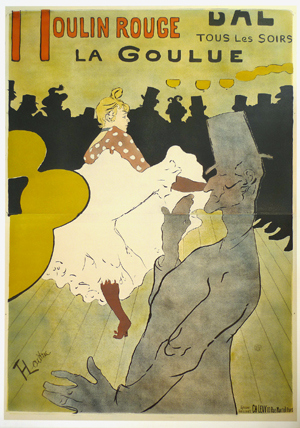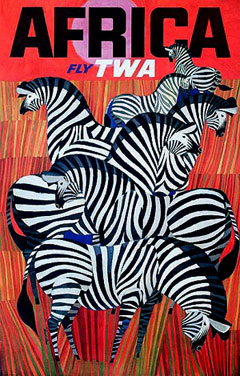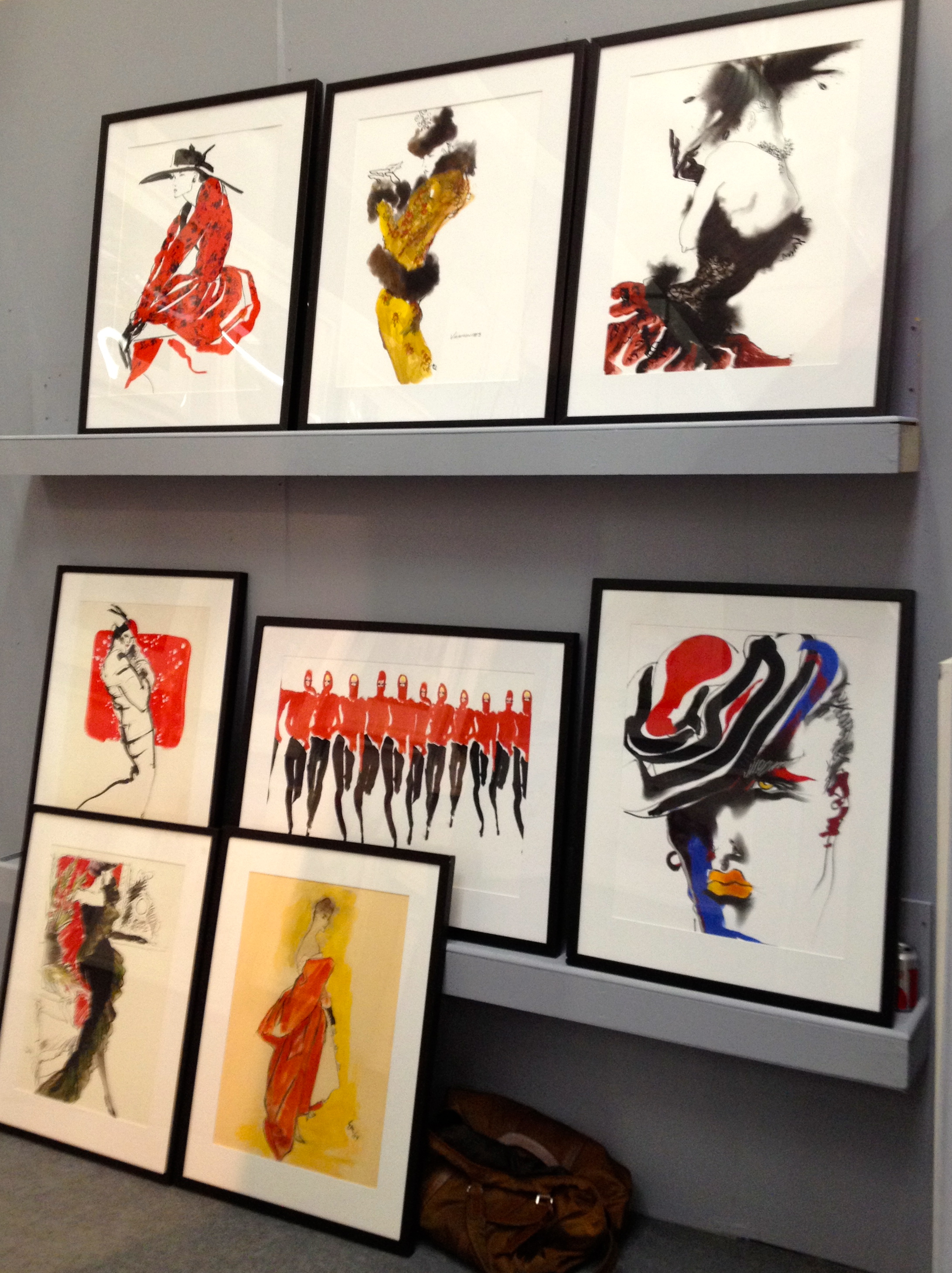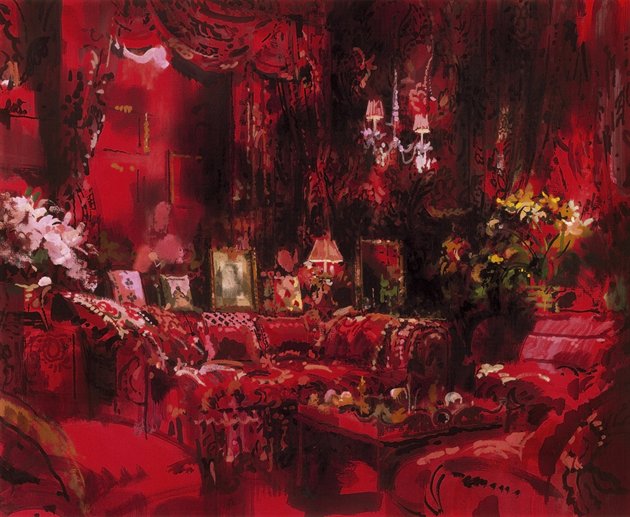Summer means different things to different people, but consistent among summer plans is to vacation, relax and enjoy the outdoors whether it's by the beach, lake or in the mountains. The days are longer in the summer months, and we seem to collectively fill them with activities and people we enjoy. The warm colors in these artworks, that range from red to yellow reflect the warmth and light of the long summer days. In the color spectrum, there's a wide range of colors between red and yellow including the many shades of orange.
In the color spectrum, there's a wide range of colors between red and yellow including the many shades of orange.
Anne Raymond's Change Series l gently captures the warmer tones of these colors.
Abstract Expressionist Mark Rothko painted many Color Field works in these hues. His 1961 painting, Orange, Red, Yellow sold for a record $86,882,500 in May 2012. The New York Times reviewer said it "...can convincingly be argued to be the most powerful of all his pictures."

Color theorist Josef Albers explored the sunny colors in numerous works in his Homage to the Square series.
Referencing summer, Kelly Crow of the Wall Street Journal stated about Rothko, "The painting's trio of orange and yellow rectangles bobbing atop a cherry-red background forms a palette that's as eye-catching as a sunset or a Popsicle."
Photographer Elisa Keogh captures that kind of intense summer sky in Long Beach Island, NJ (red-orange) from her Horizons series.
Crow adds that, "Auction specialists say collectors historically pay more for works that are red and gold, as opposed to gray". Red is the color most associated with joy and well-being, so its no surprise that we surround ourselves with the joyous color.
Joyful and summery describes Kerri Rosenthal's colorful, energetic artwork, including Pretty Wings with a golden citron color, that's on the green side of yellow.
Images of the ocean and beach evoke great memories and associations for many. Bramasole Photography captures inviting images of her favorite beaches. (I blogged about a recent exhibit of Christine Wexler's work.) In Surf Camp, the surfboards in Montauk are ready to go!
 Some prefer summer walks or hikes in the mountains. Feel the breeze in Elena Lyakir's, Laughter.
Some prefer summer walks or hikes in the mountains. Feel the breeze in Elena Lyakir's, Laughter.
 Time in or by the water - ocean, lake or pool is summer to many. In Turning, from a series of underwater photography, artist Andrea Bonfils' conveys the weightlessness and welcome of the water.
Time in or by the water - ocean, lake or pool is summer to many. In Turning, from a series of underwater photography, artist Andrea Bonfils' conveys the weightlessness and welcome of the water.
Xanda McCagg's abstract painting, Vast, captures the fun and the energy of this spectrum of warm colors.
Thinking about the different meanings of hot summer days...I can say for me, I love the warmth of the sun, the sound of the ocean and the feel of the sand. Artwork allows us to reflect on a feeling or a sense of place. The colors of these pieces - yellows, oranges and reds convey and take us to the warmth and energy of summer.
There are a few weeks left for us all to enjoy...


















